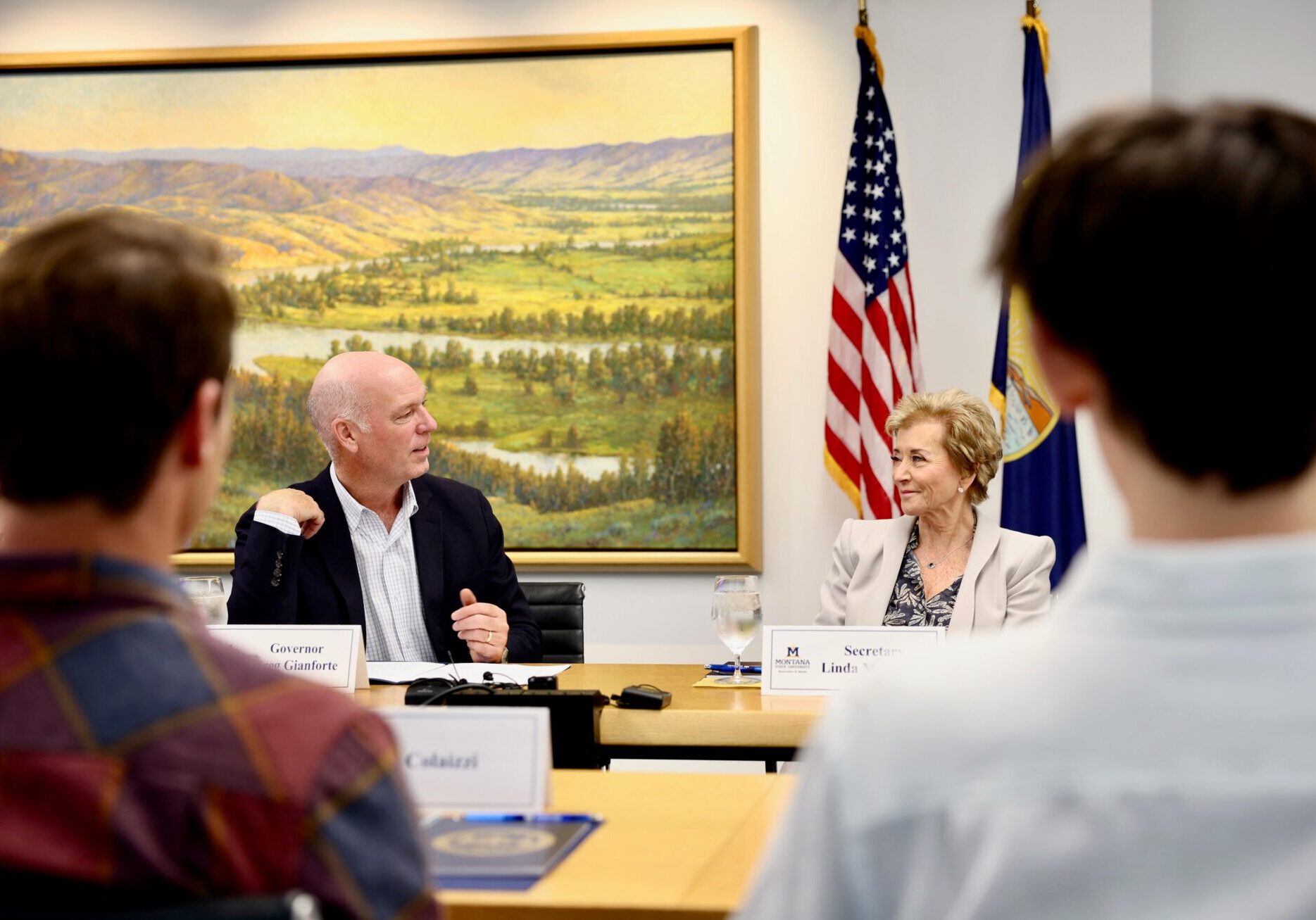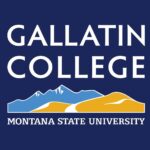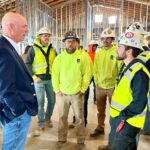Education Secretary Praises Montana’s Workforce Development Model During MSU Visit
Visit highlights state's apprenticeship growth and industry partnerships as model for national policy
By Staff Writer
Sep 22, 2025
BOZEMAN — U.S. Education Secretary Linda McMahon visited Montana State University last Friday to highlight the state’s workforce development initiatives, praising Montana’s approach to aligning education with industry needs as a model for the Trump administration’s education priorities.
During a roundtable discussion with Governor Greg Gianforte, university officials, and industry partners, McMahon emphasized the federal government’s goal to reduce bureaucratic oversight and allow states greater flexibility in education policy.
“The Department of Education does not create any curriculum. We don’t hire teachers. We don’t buy books,” McMahon said. “So why should all that bureaucracy be in the way of having more funds flow into the states to get to students so that these programs can continue to be developed?”
McMahon praised Montana’s hands-on approach to workforce education after touring campus facilities and meeting with students. “So kudos to you and to all of the schools that I’ve seen from, as we looked at this morning, from four-year-olds, as the governor was explaining, all the way through being here this afternoon,” she said.
McMahon’s visit to Montana marked the 19th state in her “Returning Education to the States” tour, which aligns with President Trump’s “Make America Skilled Again” initiative. The tour emphasizes shifting focus from traditional four-year degree requirements to skills-based learning and career technical education.
Record Growth in Montana Programs
Gianforte highlighted significant expansion in the state’s apprenticeship and career technical education programs. Montana now has over 3,000 active apprentices, representing a 25% increase since policy changes were implemented. The state recently won a federal grant to further expand youth apprenticeship programs. Last year, more than 3,300 high school students earned college credit through career technical education programs.
“Students don’t know what field to pursue if they don’t know it exists,” Gianforte said, quoting a Kalispell educator who has worked to expand internship opportunities for high school students.
The governor also announced the launch of the 406 JOBS Initiative, designed to connect 100,000 Montanans who are not currently in the workforce with career opportunities. Despite record-low unemployment, Montana’s labor force participation remains at 64%.
“We’ve identified 100,000 Montanans who don’t have a job and aren’t looking for work,” Gianforte explained. “We want to connect the dots to help build bridges for these subpopulations within that 100,000 to help them to a brighter future as well.”
Industry Partnership Success Stories
The roundtable featured testimonials from students and industry partners demonstrating the effectiveness of Montana’s education-workforce alignment. Mark, a recent graduate of Gallatin College’s carpentry program, described his journey from uncertain college student to skilled craftsman now working with Martel Construction.
“I didn’t really know what I wanted to do with my life at this point, so I tried out college. Turned out I didn’t like it,” Mark said. “I was like, okay, there’s a carpentry program. You know, I’ve always liked building stuff.”
Jeremy Watkins, workforce manager at Martel Construction, noted that graduates from Gallatin College’s programs arrive with both confidence and practical skills. The company, which built the MSU building where Tuesday’s event was held, employs 230 people statewide and continues to self-perform much of its construction work with skilled craftspeople.
Courtney Johnson, owner of Johnson Metalworks, emphasized the economic opportunities in skilled trades. Her company has grown from a startup with a rubber table and SBA loan to 50 employees in eight years, with many positions filled by MSU and Gallatin College alumni.
“The fastest growing class of millionaires in the country are trade skilled,” Johnson told the group. “We have kids that are out of Gallatin College making six figures.”
Technology Sector Integration
The discussion also highlighted Montana’s leadership in emerging technology fields, particularly photonics and optics. Ashley from Aurora, a Bozeman-based company developing LIDAR technology for self-driving trucks, serves on Gallatin College’s advisory board for laser photonics technician curriculum.
“There are Gallatin College students that have built components that are on those trucks” currently operating in Texas, Ashley said. “They come in ready to work. They have the skill sets that we desire.”
Graduate student Morgan, originally from Texas, discovered Montana’s photonics programs through a national internship and decided to pursue advanced degrees in the field. The state’s Headwaters Tech Hub designation has created additional opportunities, including international placements for graduates.
MSU President Waded Cruzado noted record enrollment of 17,165 students and emphasized the university’s land-grant mission of serving Montana communities through research, extension services, and workforce development.
McMahon specifically highlighted Montana’s industry partnerships as a model for other states. “I am thrilled by what I have seen here on this campus with the innovation,” she said. “It is clear that you’re working hand-in-hand with the private sector because in developing the kind of curriculum and fulfilling the jobs that are needed, you have to know… you really have to focus and work with the private sector in order to develop the right kind of curriculum and skills training.”
The visit underscored Montana’s role as a testing ground for the Trump administration’s education philosophy of reducing federal oversight while strengthening partnerships between educational institutions and private industry to address workforce shortages.
Categories: Education, Government, Labor
Don’t miss the week’s top Montana stories
Join readers across Montana who rely on WMN for independent reporting.
Unsubscribe anytime. Want to support WMN? Upgrade for $4/month →





